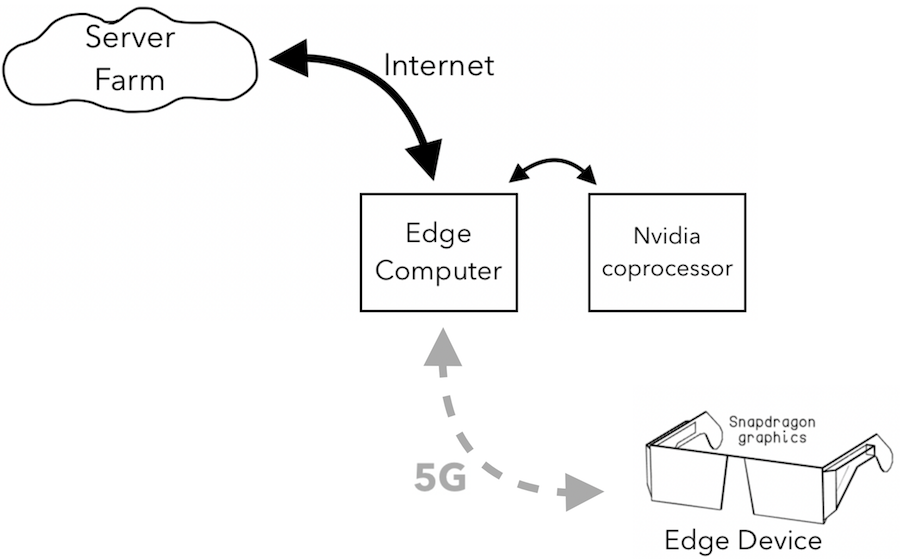Think about the way your finger acts when you accidentally touch a burning hot skillet: It pulls away immediately, even before your brain has time to register a sensation of pain.
The part of your nervous system that makes this happen doesn’t know why it is pulling away, or even what a skillet is. Its only concern is immediate survival, and protecting your body from harm.
After you’ve had a moment to get your wits back, you most likely run your finger under cold water, fetch some ointment, put on a protective bandage. Sometime later, reflecting on this incident, you might purchase a nice pair of oven mitts.
Notice that there are three types of thinking involved here: (1) How you reflexively respond in the immediate moment, (2) What you do with conscious awareness immediately after that, and (3) The plans you make for the long term.
Yesterday we talked about the computational equivalent of the first two modes. The Cloud represents the third.
It’s really the combination of all three, working together, that will allow your future wearable to function as an experiential super-computer.
More tomorrow.
